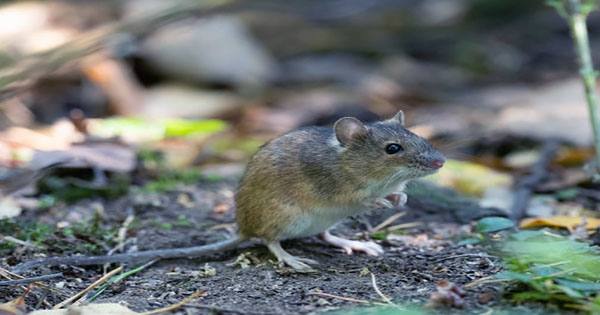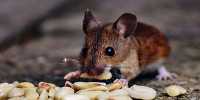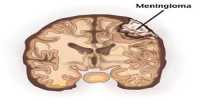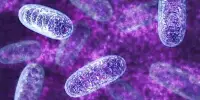Scientists are seen sending each other postcard covered in mouse sperm. It sounds like bananas, but it’s actually big news. Transporting samples between labs is important, but risky – and so this development, published today in the journal iScience, is a big win for the scientists involved.
Previously, researchers had limited themselves to expensive and difficult methods of collecting and transporting sperm. Now, it’s as simple as sending a letter. Explained first author Daiyu Ito in a statement, “Postcard strategy was easier and cheaper than any other method.” “We think Sperm never expected the day to come when they would be in the mailbox.”
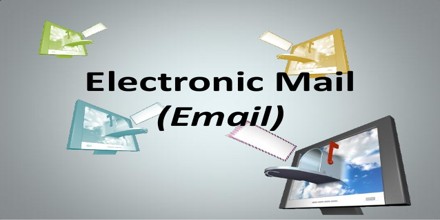
This postcard technique was so successful that baby rats were successfully born using samples. This is really good news, which means that lots of sperm can be transported without losing quality. In fact, scientists have already created what they call a “sperm book” that is made entirely of pages … well, that’s the name. It is difficult to explain how important the mouse sperm is in science. The team was previously responsible for sending what has been described as “large-sized sperm” diplomatically to the International Space Station to investigate the effects of space radiation on mouse babies.
The same strategies are also used in the development of infertility treatment, livestock production, maintenance of genetically modified mammal species, and conservation of endangered species. The problem was, most of those “big volumes” never reached space. These had to be stored in heavy, fragile glass capsules. On top of that, they had to be transported with cushions to prevent breakage and maintain functionality. Only a small amount has ended up in orbit.
That’s why the team decided to look for alternative methods-in particular, ways to save space. They tested six different materials that make it possible to store and transport samples on a flat sheet: traditional textured Japanese paper that washes, wraps, vinyl sheets, weight paper, filter paper, and oblate. The last two were quickly dropped because sperm could not be recovered, leaving only four choices – those four, the weighted paper proved the winner. “When I developed this method for storing and drying mouse sperm in a sheet, I thought it should be mailed to a postcard,” and so when the child is actually born after mailing, I’m very impressed.”
